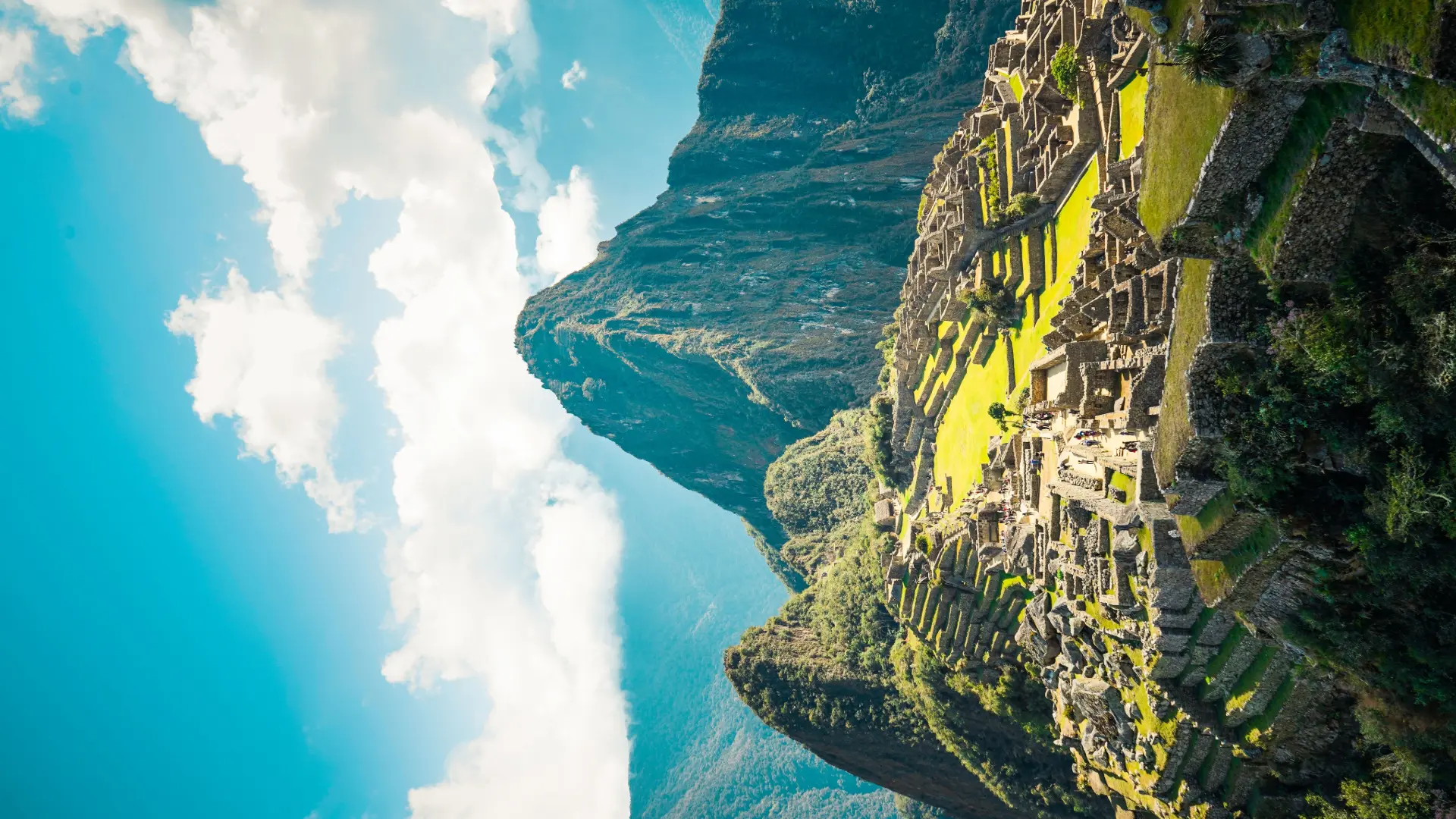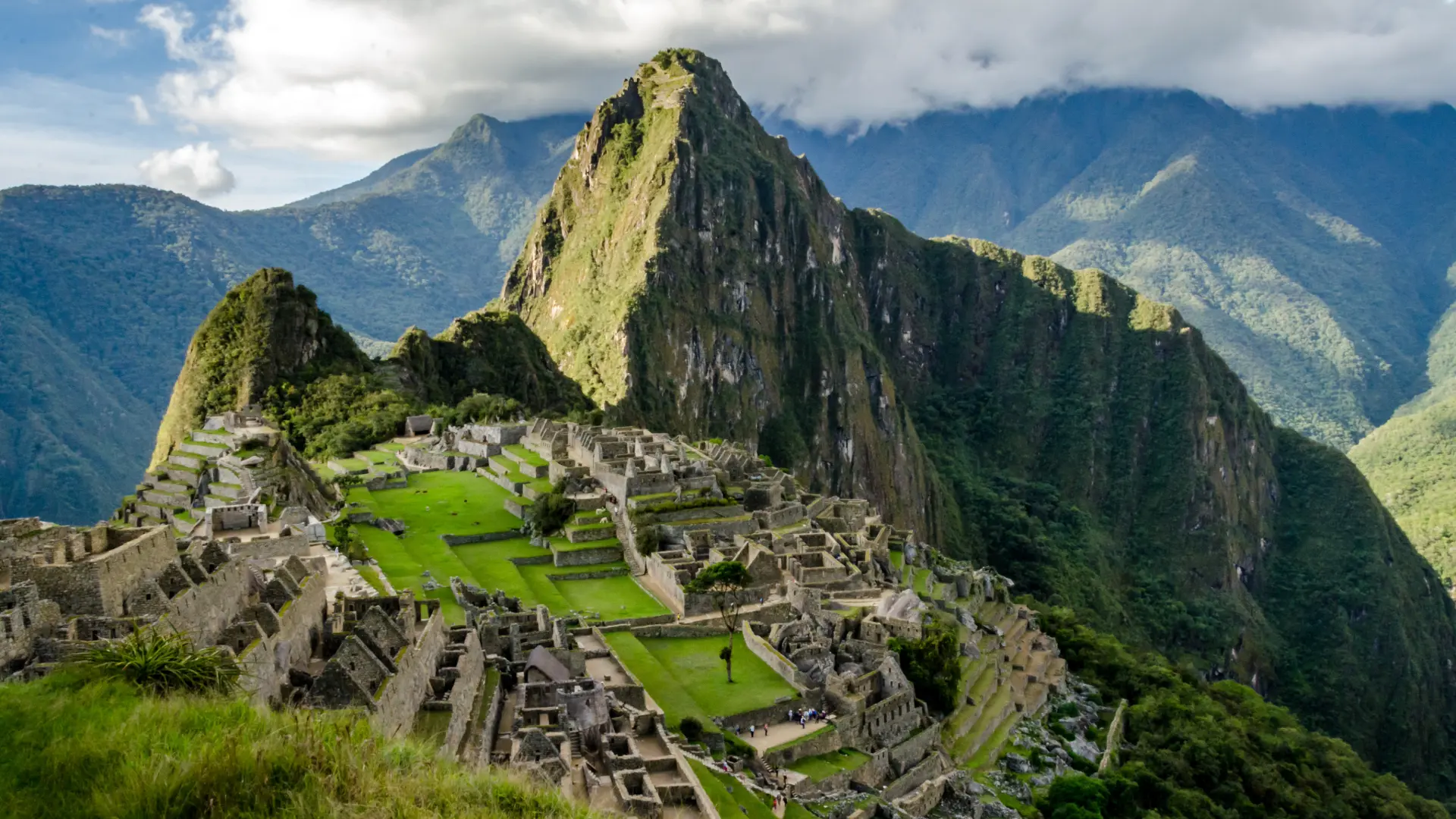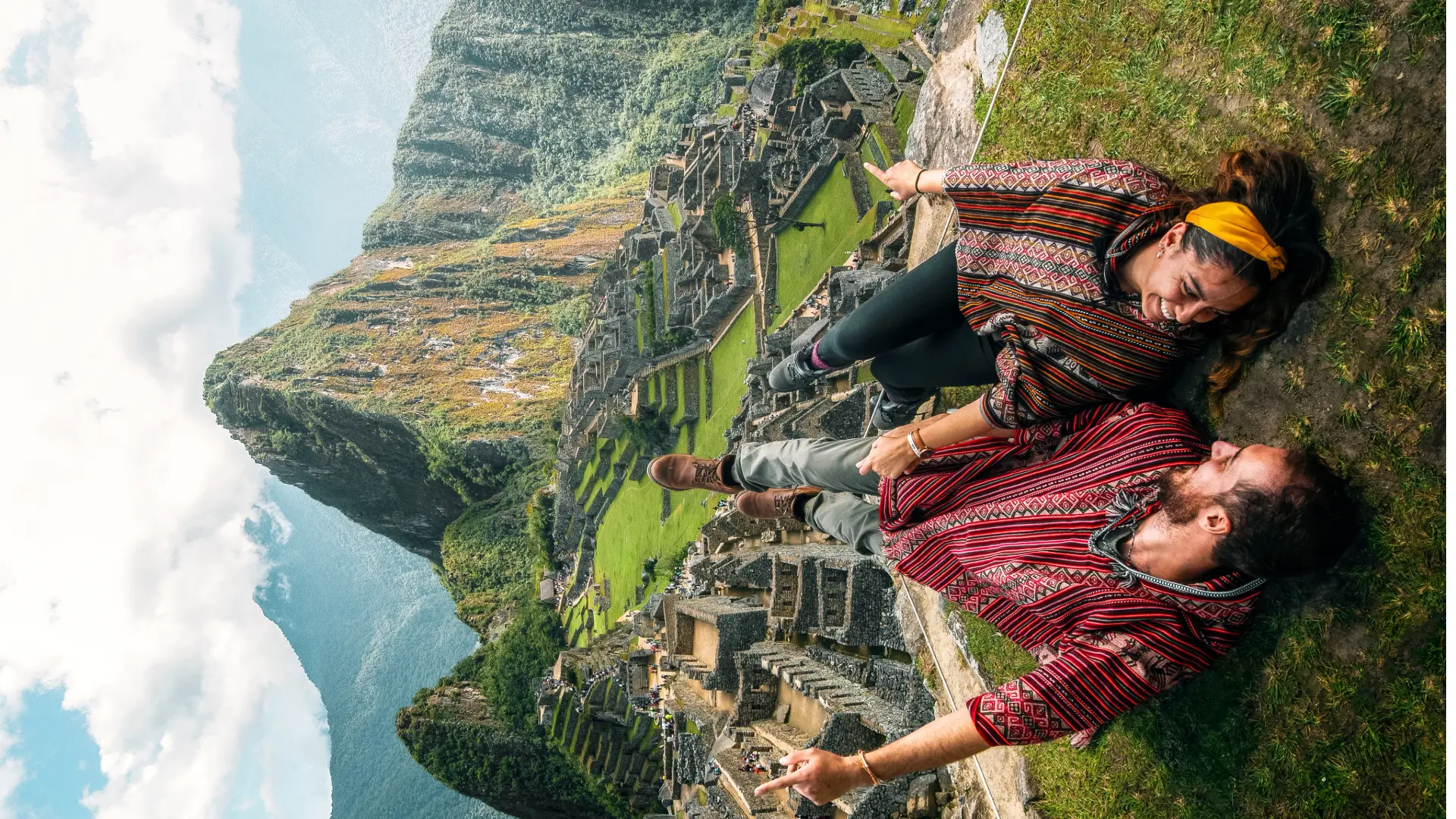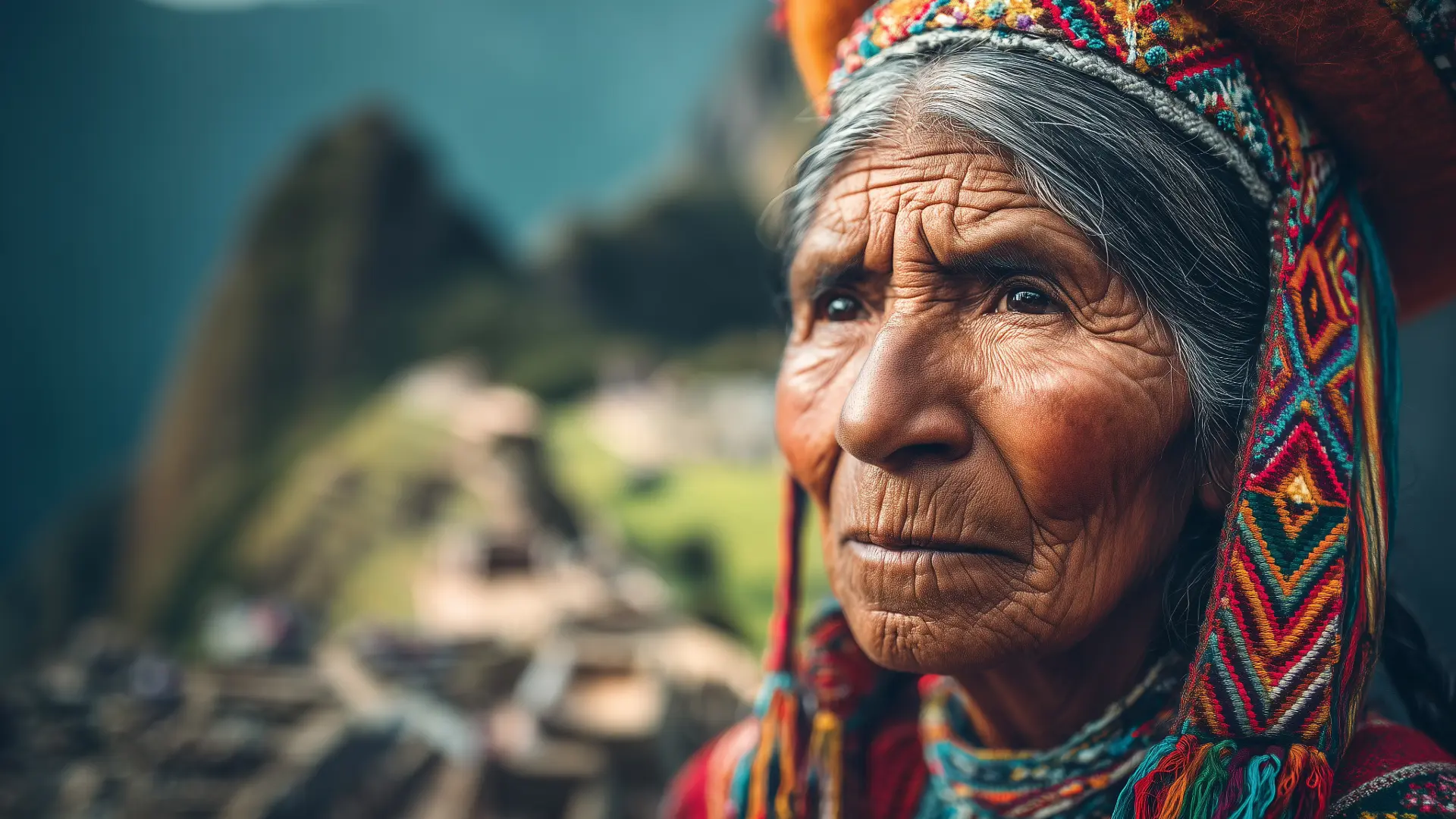Machu Picchu is known as one of the world’s greatest wonders. Travelers come for the Inca citadel, its stone temples, and panoramic views. Yet beyond the ruins, another attraction captures the imagination: the Face of Machu Picchu.
This rock formation, shaped like a human profile, is visible from specific spots near the citadel and the town of Aguas Calientes. Many visitors describe it as the silhouette of a sleeping Inca king, with forehead, nose, lips, and chin perfectly aligned against the mountain ridge.

A Natural Wonder Full of Mystery
The Face of Machu Picchu is not carved by human hands. It was shaped by wind, rain, and centuries of natural erosion. Still, its form is so precise that travelers often believe it was intentionally created.
Local legends say the profile represents the spirit of the Andes, watching over Machu Picchu and its people. For some guides, it is the eternal guardian of the citadel, adding spiritual meaning to the journey.

Where to See the Face of Machu Picchu
The profile is best appreciated from Aguas Calientes, especially along the railway and river paths leading to the site. On clear mornings, the outline of the Face of Machu Picchu becomes striking, as the sunlight highlights every feature of the formation.
Many travelers also spot it on their way up to the ruins. It’s a moment worth pausing for, a reminder that Machu Picchu‘s beauty lies not only in the citadel but also in the surrounding landscape.

Cultural Meaning of the Face of Machu Picchu in the Andes
In Andean tradition, mountains or “Apus” are sacred beings. They are believed to protect valleys and people. The sleeping Inca face is often linked to these guardians, symbolizing wisdom and continuity.
By observing it, visitors connect not only with history but also with Andean spirituality, where nature and culture always intertwine.

A Unique Experience for Travelers
Visiting Machu Picchu is already a dream for many. But discovering the Face of Machu Picchu makes the experience richer. It invites travelers to look beyond the ruins and recognize how nature and culture together create the magic of the Andes.
The profile is a reminder that Machu Picchu is not only a historical site but also a living landscape filled with symbolism and wonder.
Plan Your Adventure Today
Explore the magic of Machu Picchu and witness the breathtaking Face of Machu Picchu up close. Book your tour now with us and experience the Andes, Inca history, and unforgettable landscapes in person. Start your journey and create memories that last a lifetime!
